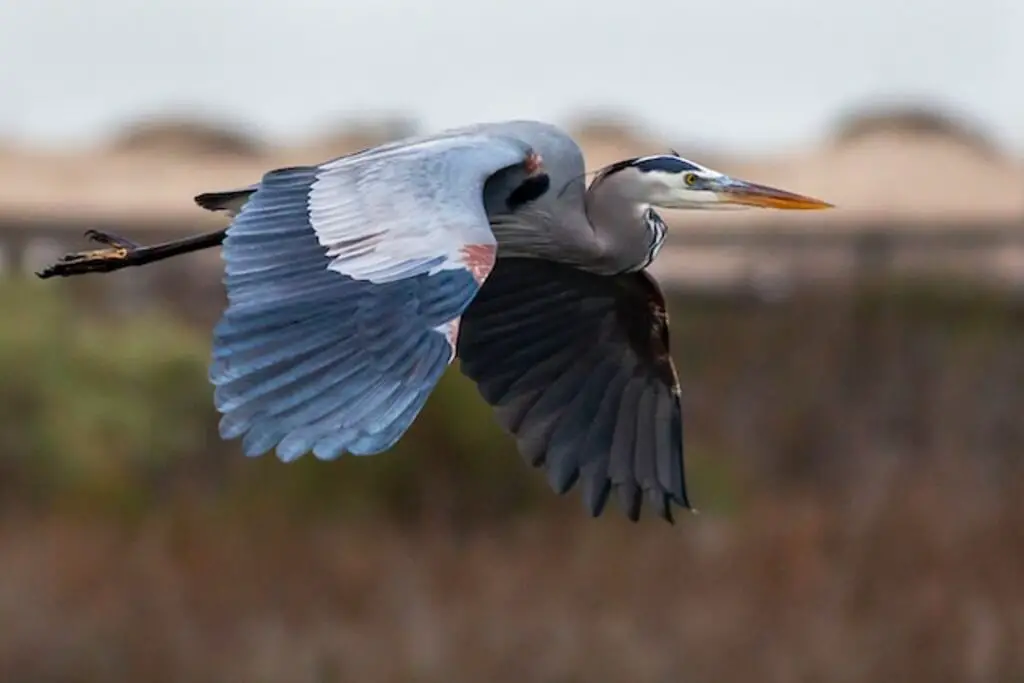Embark on a birdwatching journey through Arkansas’s diverse landscapes, where freedom and immersion in the natural world await. Explore top hotspots like Ozark National Forest, Lake Chicot State Park, and more, teeming with unique avian species.
Encounter migratory birds at Buffalo National River and rare gems at White River National Wildlife Refuge. Discover resident and visiting birds at Hot Springs National Park and Petit Jean State Park.
This comprehensive guide also unveils White Oak Lake State Park, Mississippi River State Park, and Devil’s Den State Park, showcasing the state’s diverse ecosystems and the wonders they hold.
Connect with nature’s winged inhabitants in this captivating exploration.
Table of Contents
- 1 Key Takeaways
- 2 Birdwatching Hotspots In Arkansas
- 3 Ozark National Forest
- 4 Buffalo National River
- 5 Lake Chicot State Park
- 6 White River National Wildlife Refuge
- 7 Hot Springs National Park
- 8 Crowley’s Ridge State Park
- 9 Ouachita National Forest
- 10 Lake Ouachita State Park
- 11 Petit Jean State Park
- 12 White Oak Lake State Park
- 13 Mississippi River State Park
- 14 Devil’s Den State Park
- 15 Frequently Asked Questions
- 15.1 Are there any restrictions on birdwatching in these hotspots?
- 15.2 What are the best times of the year to visit these birdwatching hotspots?
- 15.3 Are there any rare or endangered bird species that can be spotted in these areas?
- 15.4 Are there any guided birdwatching tours available in these hotspots?
- 15.5 Are there any designated birdwatching trails or observation points in these locations?
- 16 Conclusion
- 17 Author
Key Takeaways
- Arkansas offers a wide range of birdwatching hotspots, including national parks, state parks, and forests.
- These hotspots provide diverse habitats and rich biodiversity, attracting a variety of bird species.
- Birdwatching in Arkansas can be combined with camping and hiking activities, allowing enthusiasts to immerse themselves in nature.
- Birdwatching in Arkansas promotes relaxation, education, and a deeper connection with the natural world.

Birdwatching Hotspots In Arkansas
Explore the enchanting birdwatching hotspots in Arkansas, a haven for avian enthusiasts. Delight in diverse habitats like lush state parks, serene wildlife refuges, and thriving wetlands, offering prime opportunities to spot an array of bird species.
From majestic raptors to colorful songbirds, Arkansas’s scenic landscapes host an impressive avian diversity. Birdwatchers can immerse themselves in the beauty of nature while observing these captivating creatures in their natural habitats.
Whether you’re a seasoned birder or a nature lover seeking to connect with wildlife, Arkansas’s birdwatching hotspots promise an unforgettable journey filled with extraordinary encounters and a deeper appreciation for the state’s remarkable birdlife.
Ozark National Forest
The Ozark National Forest in Arkansas is renowned for its diverse bird species and serves as a prime birdwatching destination due to its varied habitats, including upland hardwood forests, pine plantations, and riverine corridors.
This forest provides an ideal environment for bird migration patterns, attracting a wide array of species throughout the year. The Ozark National Forest boasts a remarkable bird species diversity, with over 250 species recorded within its borders.
This diversity can be attributed to the forest’s location within the Central Flyway, a major migratory route for birds traveling between their breeding and wintering grounds.
The varied habitats found within the Ozark National Forest create a rich tapestry of food sources and nesting opportunities, making it an attractive destination for both resident and migratory birds.
Buffalo National River
Nestled within a pristine natural setting, Buffalo National River offers a remarkable opportunity for observing avian species in their natural habitats. With its diverse ecosystems and scenic beauty, this national river is a haven for birdwatchers and nature enthusiasts alike.
The river’s clear and clean waters attract a variety of waterfowl, including herons, egrets, and ducks. Along the riverbanks, one can spot songbirds such as warblers, finches, and sparrows. The forested areas surrounding the river provide a habitat for woodpeckers, owls, and hawks.
Birdwatchers can explore the numerous trails that wind through the park, providing access to different habitats and allowing for a greater chance to observe wildlife.
The serene atmosphere and breathtaking landscapes of Buffalo National River make it an ideal destination for those seeking an immersive birdwatching experience.
Lake Chicot State Park
Located in the southeastern part of the state, Lake Chicot State Park offers a tranquil retreat for nature enthusiasts, with its sprawling lake and lush greenery creating a haven for various wildlife species.
Birdwatchers visiting Lake Chicot State Park have the opportunity to observe rare species in their natural habitat. The park boasts a diverse avian population, making it an ideal destination for birdwatching enthusiasts.
To explore the park’s birding trails and maximize their chances of spotting unique species, visitors can follow three sub-lists. Firstly, they can visit the lakefront area, where waterfowl such as ducks, geese, and herons congregate.
Secondly, they can venture into the forested areas, where warblers, mockingbirds, woodpeckers, and hawks can be found. Lastly, they can explore the park’s wetlands, which provide a habitat for various wading birds and shorebirds.
With its abundant natural beauty and variety of bird species, Lake Chicot State Park offers a delightful experience for birdwatchers seeking to observe rare species and explore well-maintained birding trails.
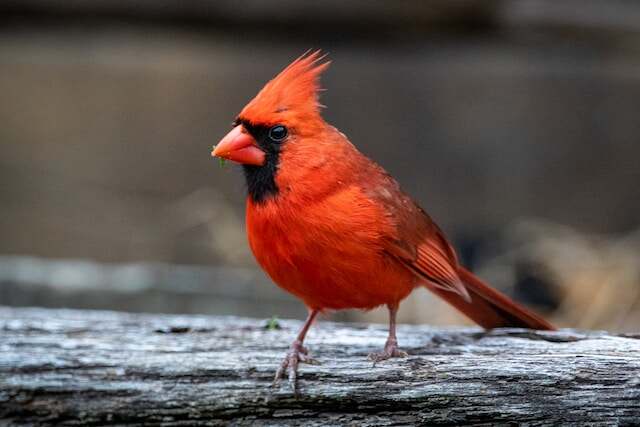
White River National Wildlife Refuge
Covering an extensive area of land, White River National Wildlife Refuge provides a sanctuary for a diverse range of wildlife species, allowing visitors to immerse themselves in the beauty of nature.
This refuge, located in the eastern part of Arkansas, offers opportunities to observe wildlife and explore wetland habitats. With its wetlands, bottomland hardwood forests, and open water, the refuge provides a variety of habitats for many bird species.
The table below showcases some of the bird species that can be seen at the White River National Wildlife Refuge:
| Bird Species | Habitat | Migratory Status |
|---|---|---|
| Bald Eagle | Wetlands, forests | Migratory |
| American Woodcock | Wetlands, grasslands | Migratory |
| Prothonotary Warbler | Forested wetlands | Migratory |
| Sandhill Crane | Wetlands, grasslands | Migratory |
Visitors can explore the refuge’s trails and waterways to observe these and many other bird species in their natural habitats. The diverse range of wetland habitats found in White River National Wildlife Refuge make it a prime location for birdwatching enthusiasts.
Hot Springs National Park
Situated amidst a geologically significant region, Hot Springs National Park offers visitors the opportunity to experience the therapeutic qualities of its natural hot springs.
The park, located in the state of Arkansas, is renowned for its stunning landscapes and unique features.
Hot Springs National Park is a haven for birdwatching enthusiasts, providing ample opportunities to observe a diverse array of bird species in their natural habitat.
The park’s abundance of water sources and varied vegetation attract numerous bird species, making it an ideal destination for birdwatchers.
In addition to birdwatching, visitors can also indulge in the healing properties of the park’s natural hot springs.
These hot springs, known for their therapeutic qualities, have been enjoyed by visitors for centuries.
Hot Springs National Park offers a unique blend of wildlife observation and natural healing, making it a must-visit destination for nature enthusiasts.
Crowley’s Ridge State Park
Nestled within the unique geological formation of Crowley’s Ridge, this state park offers visitors a captivating experience surrounded by diverse flora and fauna.
Crowley’s Ridge State Park is renowned for its rich bird species, making it a haven for birdwatching enthusiasts.
The park provides a habitat for a wide variety of bird species, including the Northern Parula, the Red-headed Woodpecker, and the Eastern Bluebird.
Birdwatchers can participate in organized events and guided tours that allow them to explore the park’s bird population and observe their behavior in their natural habitat.
These events provide an excellent opportunity for bird enthusiasts to learn about the different species, their migration patterns, and their ecological significance.
Whether you are an experienced birder or a novice, Crowley’s Ridge State Park offers a remarkable experience for all who appreciate the freedom and beauty of birdwatching.
| Bird Species | Description |
|---|---|
| Northern Parula | Small, colorful songbird known for its distinctive trilling song |
| Red-headed Woodpecker | Medium-sized woodpecker with a striking red head and black and white body |
| Eastern Bluebird | Small, vibrant blue bird known for its melodious song and cavity-nesting habits |
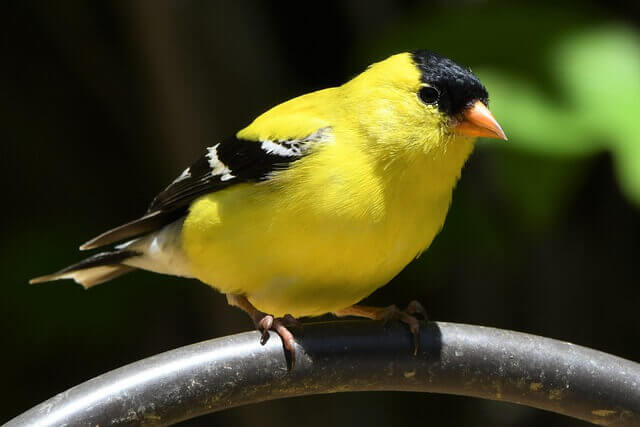
Ouachita National Forest
Enveloped by the majestic embrace of nature’s verdant embrace, Ouachita National Forest captivates visitors with its sprawling expanse of towering trees and rugged terrain. This vast wilderness offers a plethora of opportunities for birdwatching enthusiasts to observe wildlife and explore nature trails.
Here are five reasons why Ouachita National Forest is a hotspot for birdwatching:
- Diverse Avian Species: The forest is home to a wide variety of bird species, including the vibrant Eastern Bluebird, the elusive Northern Saw-whet Owl, and the majestic Bald Eagle.
- Scenic Hiking Trails: With over 700 miles of hiking trails, birdwatchers can venture deep into the forest, immersing themselves in its natural beauty while spotting birds along the way.
- Seasonal Migration: During spring and fall, the forest becomes a temporary home for numerous migratory birds, providing birdwatchers with the opportunity to witness stunning displays of avian movement.
- Natural Habitats: Ouachita National Forest boasts a diverse range of ecosystems, from dense forests to open meadows, attracting a wide array of bird species with different habitat preferences.
- Tranquil Setting: The forest’s serene atmosphere, untouched by human interference, creates the perfect backdrop for birdwatching, offering visitors a sense of freedom and tranquility.
Ouachita National Forest is a haven for birdwatching enthusiasts, providing them with ample opportunities to observe a variety of avian species and explore the forest’s stunning nature trails.
Lake Ouachita State Park
Surrounded by the natural beauty of Ouachita National Forest, Lake Ouachita State Park offers visitors a serene setting to engage with the diverse ecosystems and recreational activities.
This park is a haven for birdwatchers, as it provides ample opportunities to observe wildlife in its pristine habitats.
The park’s scenic beauty is enhanced by the presence of the lake, which spans over 40,000 acres and boasts over 200 islands.
These islands serve as important nesting sites for various bird species, including bald eagles, ospreys, and great blue herons.
Additionally, the park is home to several trails that wind through different habitats, allowing visitors to explore and discover a wide variety of bird species.
A visit to Lake Ouachita State Park promises a breathtaking experience for bird enthusiasts and nature lovers alike.
| Key Features | Description |
|---|---|
| Wildlife Diversity | Lake Ouachita State Park is known for its rich wildlife diversity. From migratory birds to resident species, the park offers a chance to observe a wide range of wildlife in their natural habitats. |
| Scenic Trails | The park features a network of scenic trails that meander through diverse landscapes, including forests, wetlands, and shoreline areas. These trails provide visitors with opportunities to observe birds and other wildlife while enjoying the park’s natural beauty. |
| Bird Species | With its diverse habitats and abundant food sources, Lake Ouachita State Park attracts a variety of bird species. Birdwatchers can spot bald eagles, ospreys, great blue herons, and many other bird species throughout the park. |
| Conservation Efforts | The park actively participates in conservation efforts to protect and preserve the habitats of its resident and migratory bird species. These efforts include habitat restoration, monitoring programs, and educational initiatives to raise awareness about bird conservation. |
Petit Jean State Park
Located atop Petit Jean Mountain, Petit Jean State Park offers visitors a captivating experience as they explore its rugged beauty and discover the diverse ecosystems that call this park home.
The park is known for its scenic overlooks, which provide breathtaking views of the surrounding landscape.
From these vantage points, visitors can witness the grandeur of the Arkansas River Valley and the stunning sunsets that paint the sky.
Petit Jean State Park is also home to a wide variety of native wildlife species.
Birdwatchers can delight in the opportunity to observe a plethora of bird species in their natural habitats, including warblers, woodpeckers, and eagles.
The park’s abundant forests and diverse habitats create an ideal environment for these avian creatures, making it a hotspot for birdwatching enthusiasts.
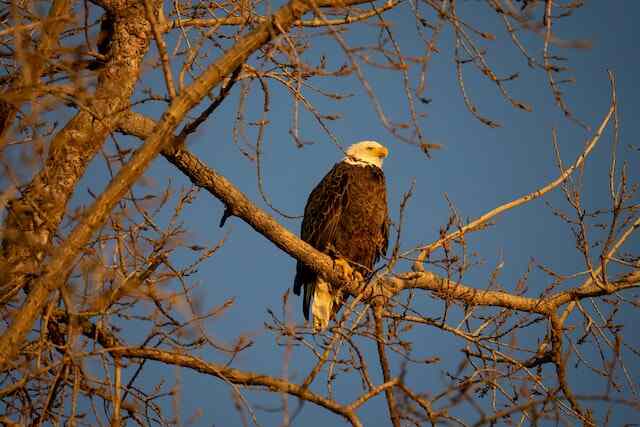
White Oak Lake State Park
White Oak Lake State Park offers excellent opportunities for observing waterfowl and songbirds near the lake. The diverse habitats surrounding the lake attract a wide variety of bird species, making it a popular destination for birdwatchers.
In addition to birdwatching, visitors to the park can also enjoy camping and hiking, with well-maintained trails and designated camping areas available for outdoor enthusiasts.
Observe waterfowl and songbirds near the lake
Nestled amidst the tranquil waters of the lake, waterfowl and songbirds can be observed in abundance, making it an ideal spot for birdwatching enthusiasts in Arkansas.
- Observe waterfowl migration: White Oak Lake State Park is a prime location to witness the mesmerizing spectacle of waterfowl migration. Every year, countless waterfowl species such as ducks, geese, and swans flock to the lake during their migration journey. The park provides a perfect vantage point to witness these magnificent birds in action.
- Birdwatching during spring migration: During the spring migration season, the park becomes a hub of activity as countless songbirds make their way through Arkansas. Birdwatchers can witness a variety of colorful songbirds, including warblers, thrushes, and grosbeaks. The park’s diverse habitats, including wetlands, forests, and grasslands, attract a wide range of migratory songbirds, creating a vibrant and dynamic birdwatching experience.
- Ideal spot for year-round birdwatching: Apart from migration seasons, White Oak Lake State Park offers excellent birdwatching opportunities throughout the year. The park’s varied habitats support a diverse bird population, including resident species and winter visitors. Birdwatchers can expect to spot a variety of waterfowl and songbirds, as well as raptors, woodpeckers, and sparrows.
Enjoy camping and hiking opportunities
Surrounded by picturesque landscapes and abundant wildlife, visitors to White Oak Lake State Park can immerse themselves in the natural beauty of the area while enjoying a wide range of camping and hiking opportunities.
The park offers well-maintained camping facilities that cater to both tent and RV campers, allowing visitors to experience the tranquility of the outdoors while also providing necessary amenities.
Additionally, White Oak Lake State Park boasts a network of hiking trails that wind through the park’s diverse habitats, providing ample opportunities for visitors to explore and discover the rich birdlife that calls this area home.
These trails traverse various ecosystems, including marshes, woodlands, and open fields, creating a haven for a wide variety of bird species.
By providing camping and hiking opportunities that promote wildlife conservation, White Oak Lake State Park offers a unique experience for nature enthusiasts and birdwatchers alike.
Mississippi River State Park
Located in eastern Arkansas, Mississippi River State Park is a renowned birdwatching hotspot due to its diverse avian species and natural habitats.
This park offers an exceptional opportunity to observe wetland bird species, which thrive in the park’s wetland areas. These wetlands provide a rich and abundant source of food and shelter for a wide variety of bird species.
Moreover, Mississippi River State Park is home to several riverfront birding areas, where visitors can observe a myriad of bird species that rely on the river for their survival.
These riverfront areas offer a unique vantage point to observe both resident and migratory bird species, making it a popular destination for birdwatchers of all levels of expertise.
With its diverse avian population and stunning natural landscapes, Mississippi River State Park is truly a haven for bird enthusiasts.
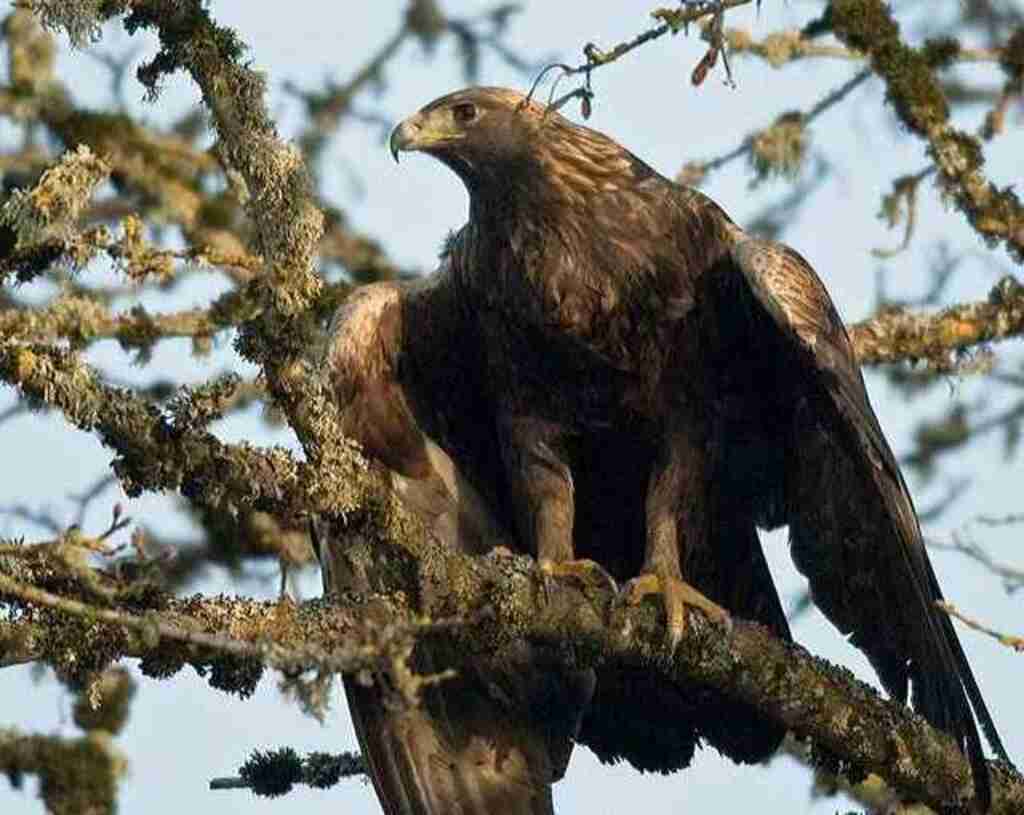
Devil’s Den State Park
Devil’s Den State Park is a prime location for birdwatchers interested in observing a diverse range of forest-dwelling bird species.
The park’s dense forests provide a habitat for various bird species, including woodpeckers, warblers, and owls, making it an ideal spot for bird enthusiasts.
In addition to birdwatching, visitors can also enjoy camping and hiking activities, allowing them to fully immerse themselves in the natural beauty of the park while observing the avian inhabitants.
Discover a variety of forest-dwelling birds
Forests in Arkansas offer an array of opportunities to observe a diverse range of bird species that inhabit these wooded areas.
The variety of bird species found in these forests provides birdwatching enthusiasts with an exciting and fulfilling experience.
As one explores the forest, they may come across forest-dwelling birds such as the Eastern Screech-Owl, the Red-headed Woodpecker, and the Scarlet Tanager.
These species are well adapted to the forest environment, displaying unique characteristics that contribute to their survival.
The Eastern Screech-Owl, for example, has excellent camouflage abilities, blending seamlessly with the tree bark.
The Red-headed Woodpecker, with its vibrant red head and black and white body, is easily recognizable. The Scarlet Tanager, with its striking red and black plumage, adds a splash of color to the forest canopy.
Forest birdwatching experiences in Arkansas are not only educational but also provide a sense of tranquility and connection with nature.
Combine birdwatching with camping and hiking activities
Integrating outdoor activities such as camping and hiking with the observation of forest-dwelling birds can provide an immersive and enriching experience for nature enthusiasts.
Birdwatching in Arkansas offers the opportunity to combine the pleasures of birdwatching with the joys of camping and hiking.
By setting up camp in bird-rich areas, enthusiasts can wake up to the soothing sounds of chirping birds and start their day with a peaceful birdwatching session.
Additionally, hiking trails in Arkansas often pass through diverse habitats, allowing birdwatchers to encounter a wide variety of species along the way.
Combining birdwatching with photography enables enthusiasts to capture awe-inspiring moments and share them with others.
Moreover, birdwatching can also serve as a mindfulness activity, promoting relaxation and a deeper connection with nature.
Thus, integrating birdwatching with camping and hiking activities in Arkansas presents an ideal opportunity for nature enthusiasts to engage in a fulfilling and immersive nature experience.
Frequently Asked Questions
Are there any restrictions on birdwatching in these hotspots?
Birdwatching restrictions in protected areas in Arkansas are in place to ensure the preservation of wildlife. Weather conditions greatly impact birdwatching in hotspots, as migratory patterns and bird behavior are influenced by factors such as temperature, wind, and precipitation.
What are the best times of the year to visit these birdwatching hotspots?
The best seasons to visit birdwatching hotspots in Arkansas are during the spring and fall, as these periods coincide with the peak migration of various bird species.
Are there any rare or endangered bird species that can be spotted in these areas?
Rare bird sightings in Arkansas’s hotspots showcase the success of conservation efforts. These areas provide sanctuary for endangered avifauna, exemplifying the dedication to preserving biodiversity and promoting the freedom of these remarkable species.
Are there any guided birdwatching tours available in these hotspots?
Guided birdwatching tours can be found in these hotspots through local birdwatching groups. These tours offer opportunities for enthusiasts to explore the diverse avian species found in the area, enhancing their birdwatching experience.
Are there any designated birdwatching trails or observation points in these locations?
Designated birdwatching trails and observation points exist in popular birdwatching spots in Arkansas. These specific areas offer opportunities for bird enthusiasts to observe and study various species in their natural habitats, enhancing the experience of birdwatching in the state.
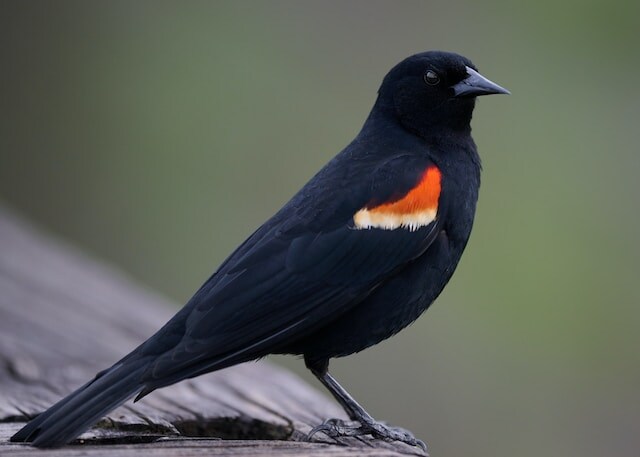
Conclusion
Arkansas offers a plethora of birdwatching hotspots, each with its own unique charm and avian treasures.
From the majestic Ozark National Forest to the tranquil Buffalo National River, nature enthusiasts can immerse themselves in the beauty of diverse bird species.
Lake Chicot State Park and White River National Wildlife Refuge provide excellent opportunities for observing waterfowl and migratory birds.
Hot Springs National Park and Petit Jean State Park offer a mix of woodland and mountain habitats, attracting a wide range of bird species.
White Oak Lake State Park, Mississippi River State Park, and Devil’s Den State Park are also worth exploring for their rich avifauna.
With such remarkable locations, Arkansas is a birdwatcher’s haven.

